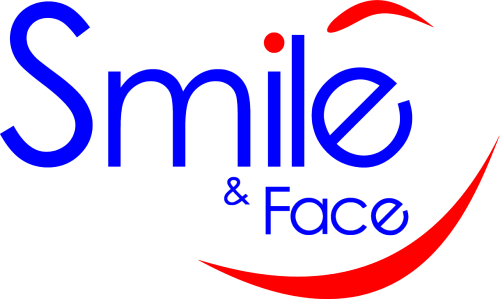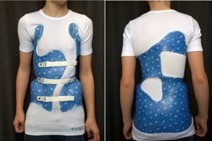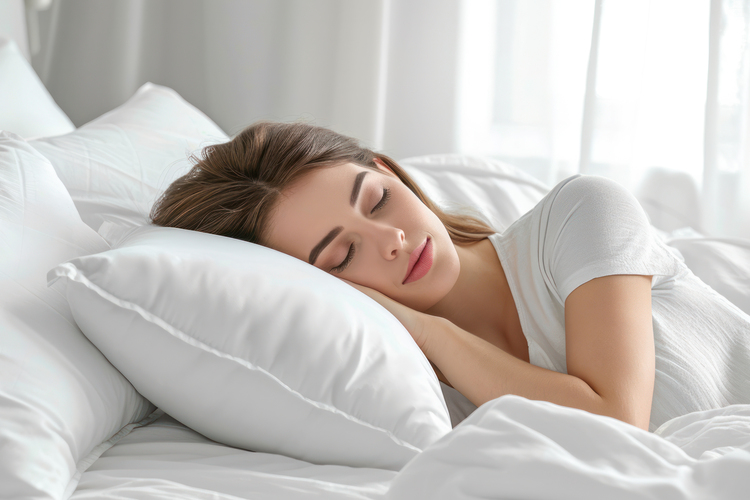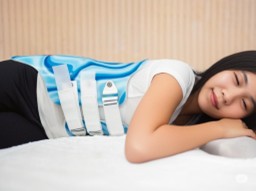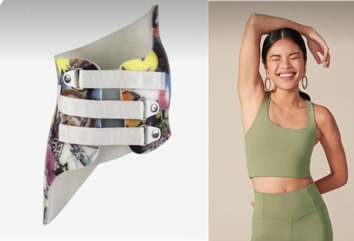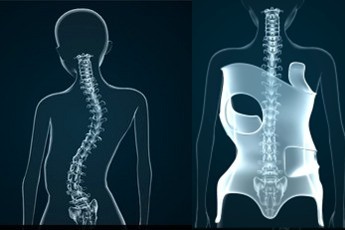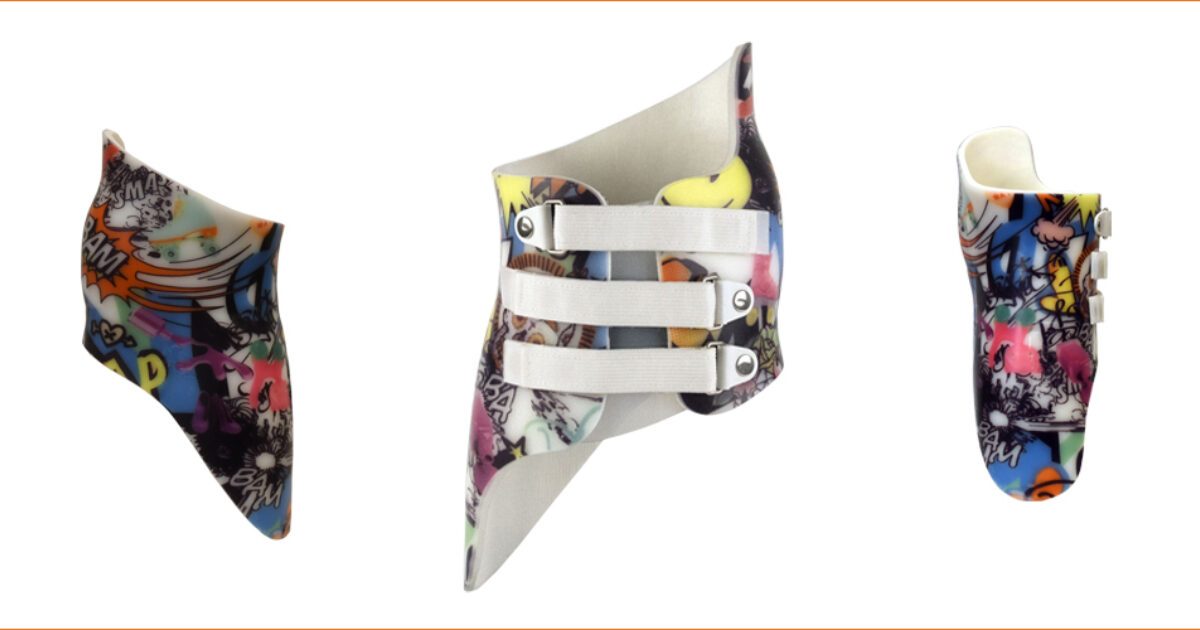Types of Braces
For people with scoliosis, finding the right treatment is crucial. The most common non-surgical treatments are braces: night-time braces and full-time braces. Each type has its own benefits and considerations.
Traditionally, scoliosis braces are worn for up to 23 hours a day, especially for children and teens during their most active growth periods. This approach has proven very successful. Night-time braces are a newer option—they are only worn while sleeping, so they don’t interfere with daily activities and allow for a more flexible lifestyle.
